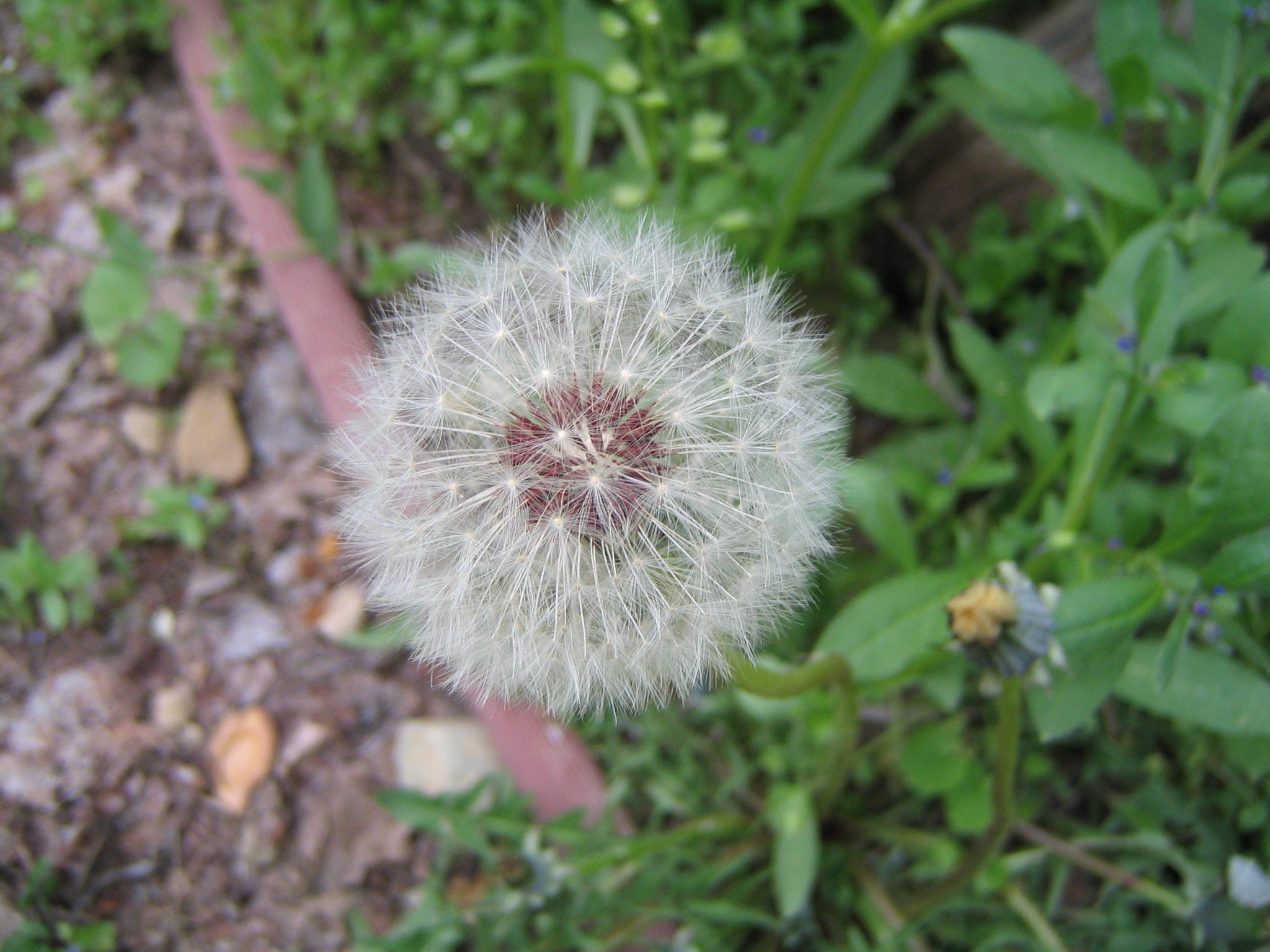Photo : Taraxacum
Province:
AlborzAdditional Information:
Description:
The species of Taraxacum are tap-rooted biennial or perennial herbaceous plants, native to temperate areas of the Old and New worlds.[clarification needed] The leaves are 5–25 cm long or longer, simple and basal, entire or lobed, forming a rosette above the central taproot. The flower heads are yellow to orange coloured, and are open in the daytime but closed at night. The heads are borne singly on a hollow stem (scape) that rises 1–10 cm or more[2] above the leaves and exudes a milky latex when broken. A rosette may produce several flowering stems at a time. The flower heads are 2–5 cm in diameter and consist entirely of ray florets. The flower heads mature into spherical seed heads called "blowballs"[5] or "clocks" (in both British and American English)[6][7][8][9] containing many single-seeded fruits called achenes. Each achene is attached to a pappus of fine hairs, which enable wind-aided dispersal over long distances. The flower head is surrounded by bracts (sometimes mistakenly called sepals) in two series. The inner bracts are erect until the seeds mature, then flex downward to allow the seeds to disperse; the outer bracts are always reflexed downward. Some species drop the "parachute" from the achenes; the hair-like parachutes are called pappus, and they are modified sepals. Between the pappus and the achene, there is a stalk called a beak, which elongates as the fruit matures. The beak breaks off from the achene quite easily, separating the seed from the parachute.
Download this photo